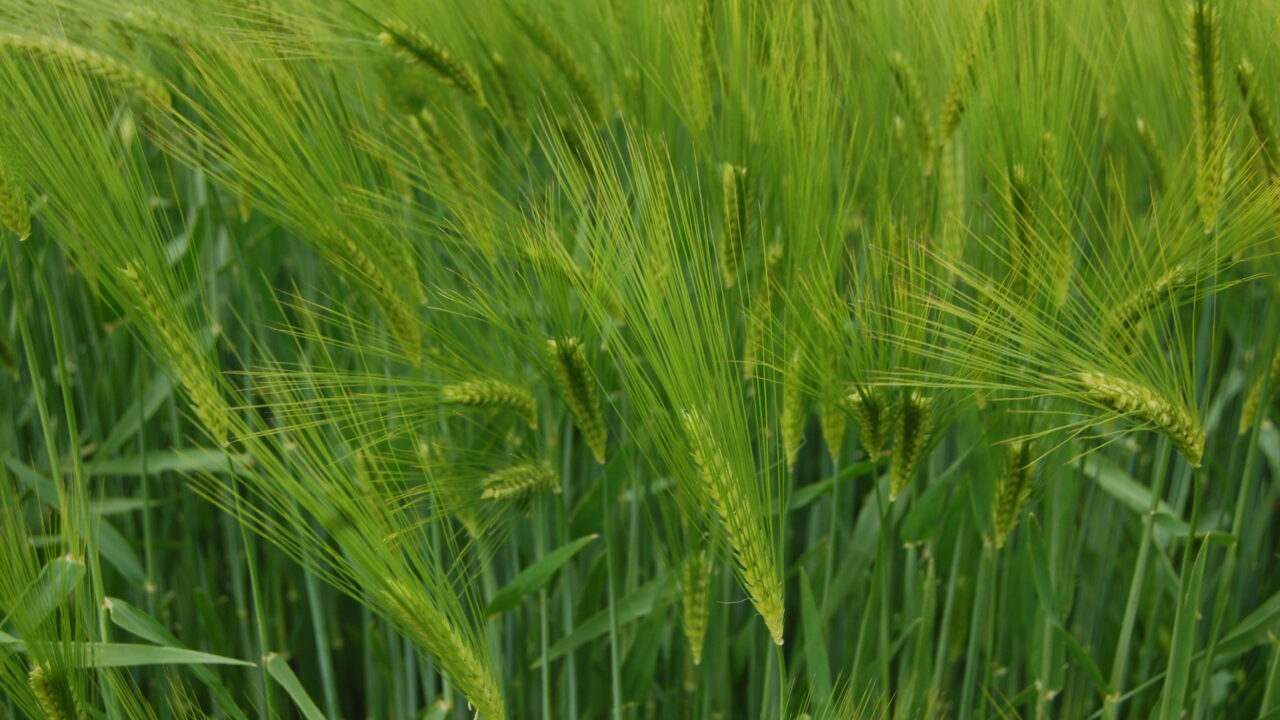The average yield response from a two-spray fungicide programme in spring barley crops is 1.3t/ha, Teagasc research has found.
However, the research also found that the response can range from 0.5 to 2.75t/ha, depending on the season.
The research also confirms that variety, sowing date, weather and crop potential must be critically assessed before deciding on a target fungicide spend.
Tillage farmers should commit no more than €70-85/ha plus VAT on spring barley fungicides in a normal year. With clean crops growers can spend more on the second spray.
If early disease is evident, this must be controlled with an initial fungicide application. Otherwise yield losses will not be recouped with the second spray.
The first fungicide should be timed at growth stage30 or earlier, if disease is evident. Recommended first spray product mixes include a half to two-thirds rate of Proline or Opus plus a reduced rate strobilurin or SDHI or morphaline.
The second fungicide should be applied from the flag leaf to early flowering stage. Typically, the tank mix should comprise Bravo at 1.0L/ha plus a half to two-thirds rate triazole and half rate SDHI or strobilurin.
Teagasc trials also confirm varieties such as Quench, Irina and Taberna have good disease resistance, which should result in a lower fungicide spend.
Almost all crops emerged later than normal this year and rapid soft growth can be expected in May. As a consequence, growers are being urged to keep a close eye on the varieties Frontier, Propino and Mickle for mildew at the tillering stage.
Where winter barley is concerned, says that the earliest of this year’s crops reached flag leaf to awns peeping stage in late April.
The decision to add a T2 fungicide depends on current disease pressure. However, the final fungicide application should coincide with awns emerging and prior to the bottom grains forming in the head.
The tank mix should comprise a good triazole plus an SDHI/strobilurin and 1.0L/ha of chlorothalonil.
